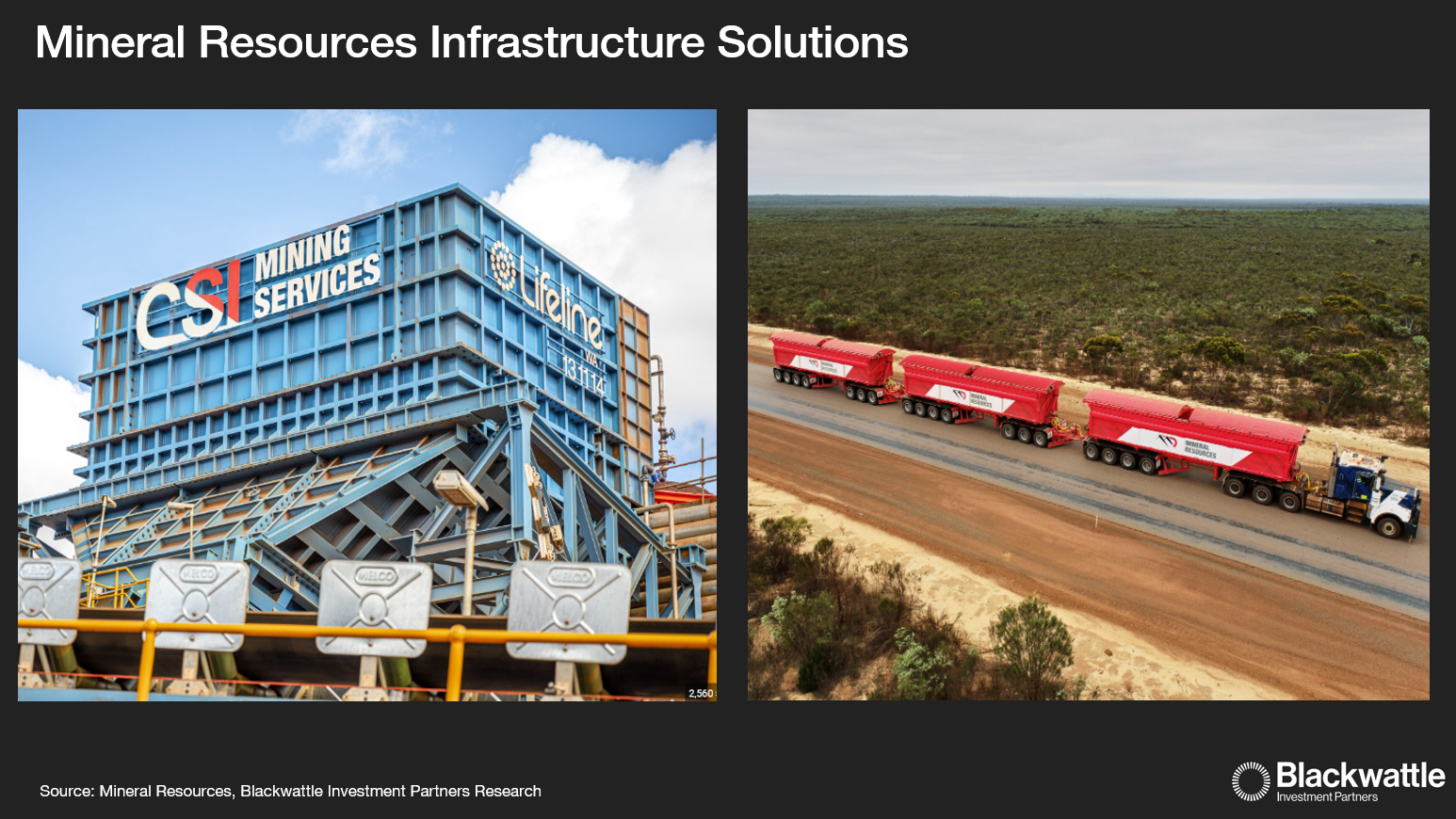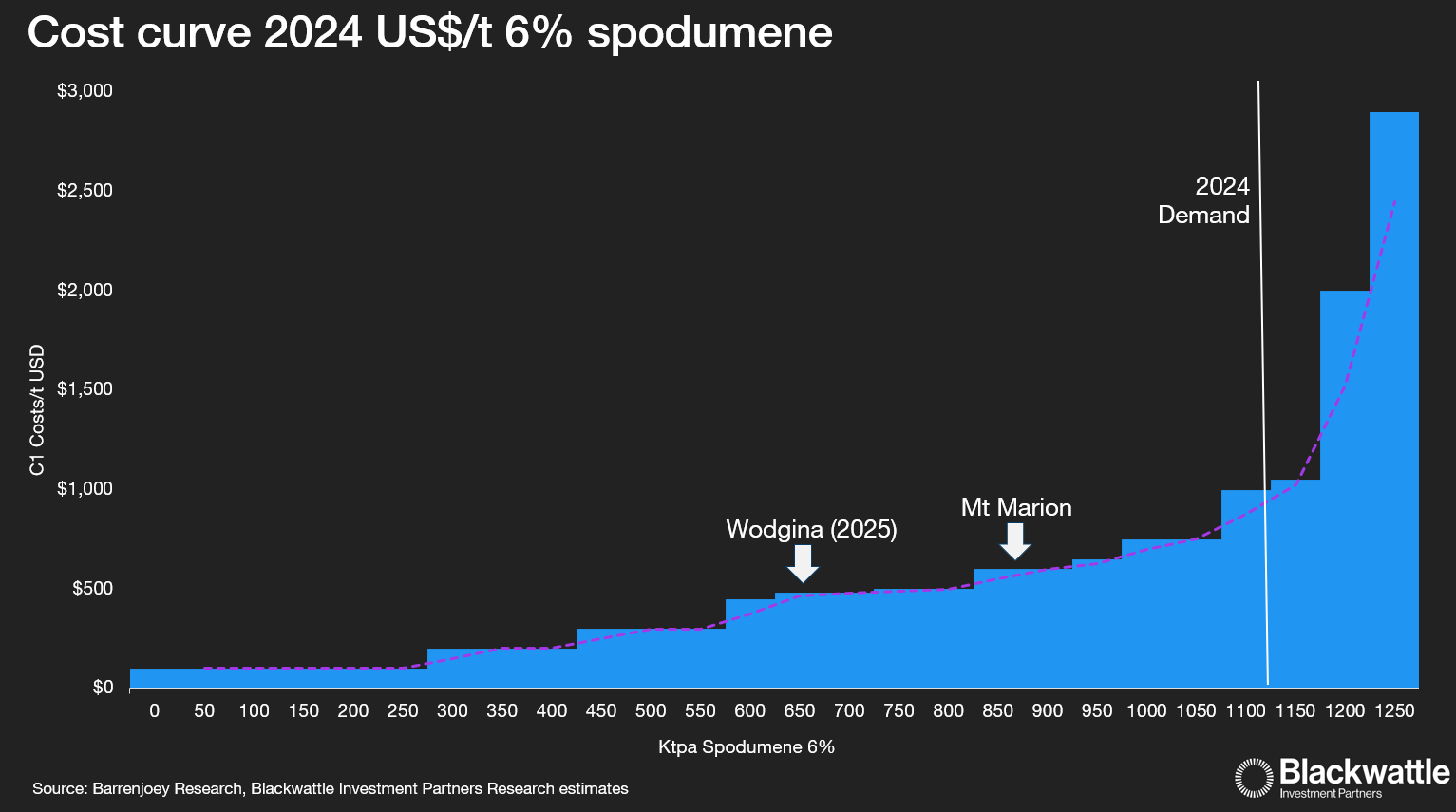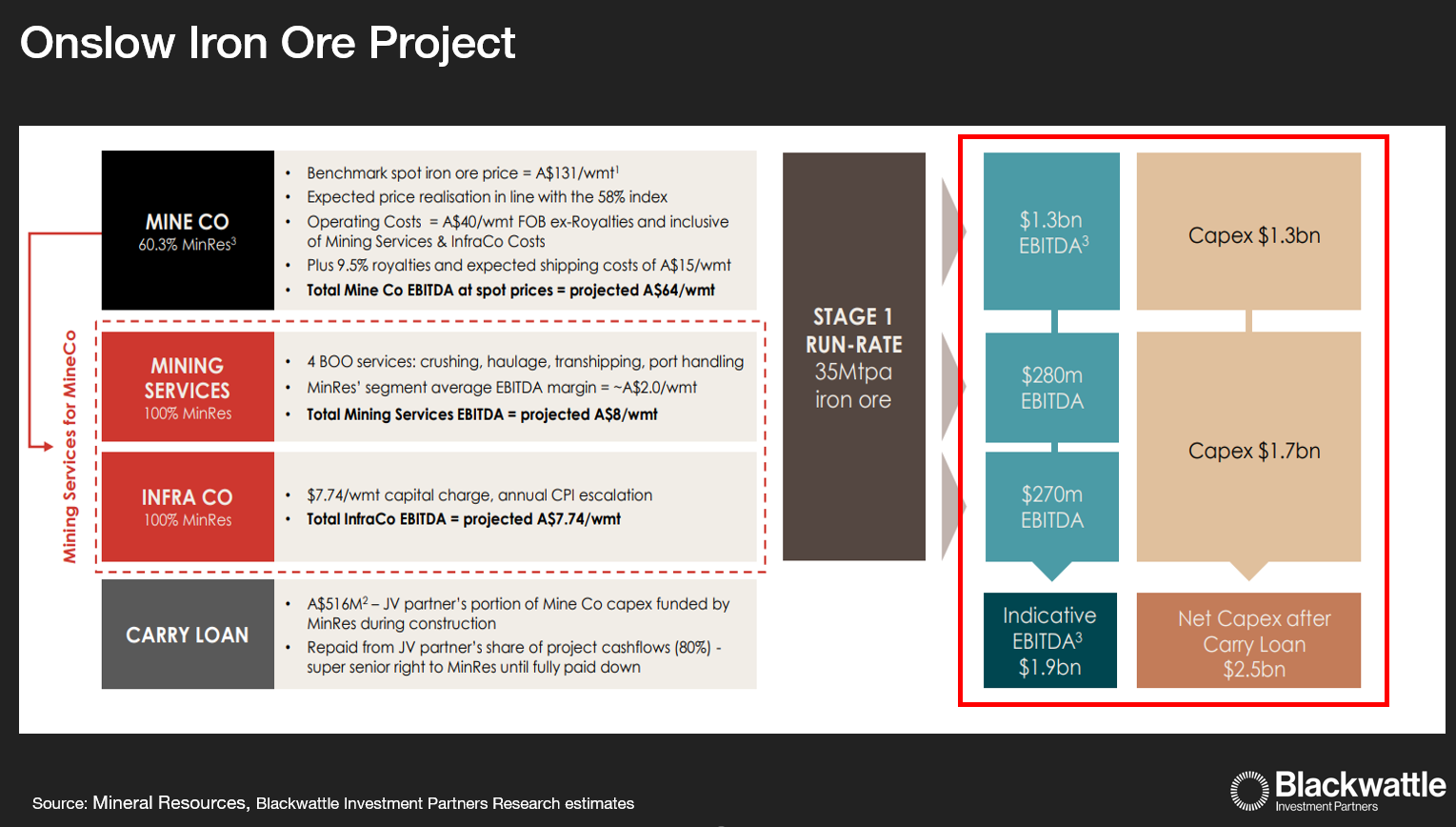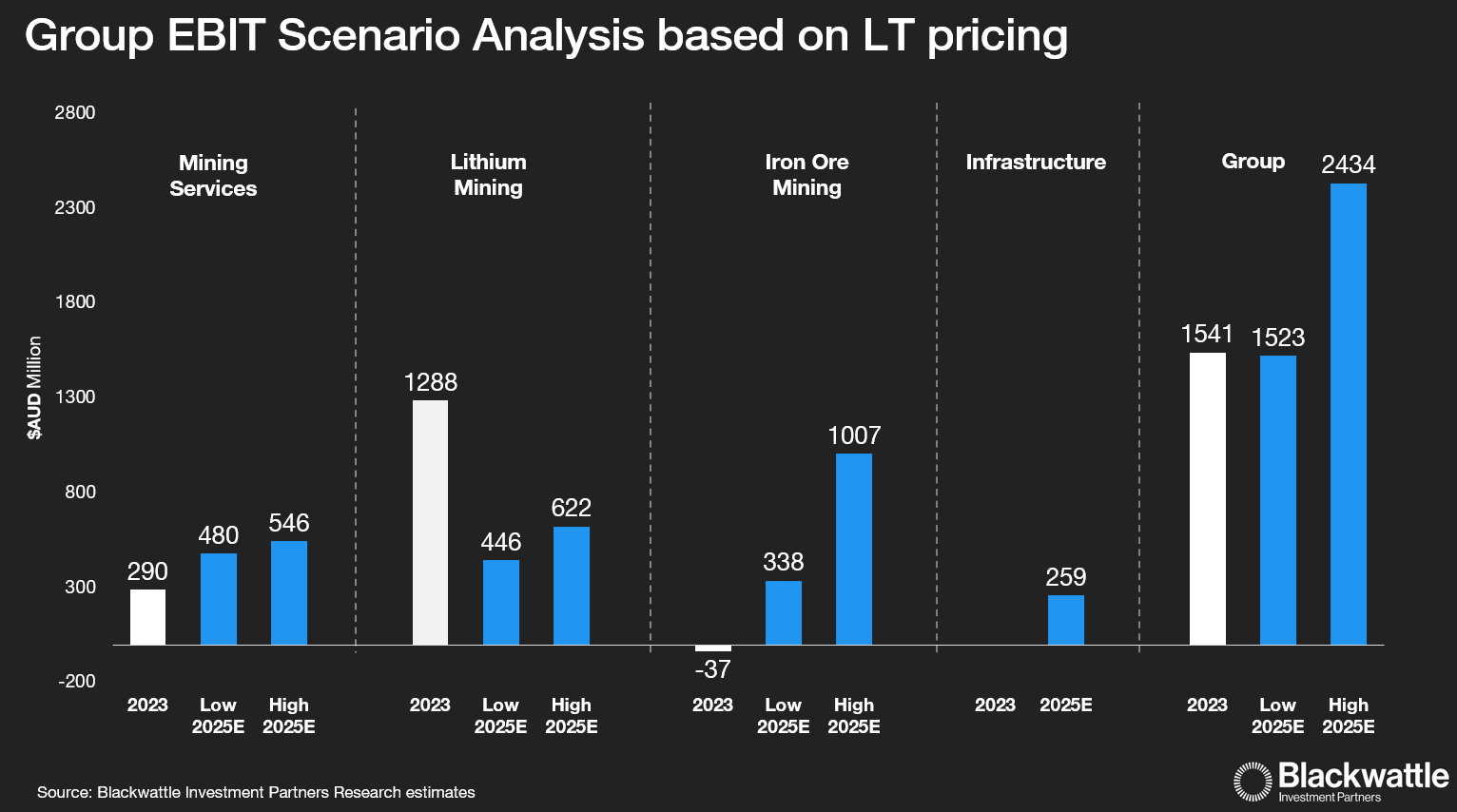Mineral Resources: The fish that ate the whale
The story of Sam Zemurray chronicled in, “The fish that ate the whale”, is a rousing tale of how a destitute migrant in 1891 rose to become one of the wealthiest and most influential figures globally. Also known as "Sam the Banana Man," Zemurray amassed his fortune by ultimately gaining control of the largest fruit grower in the world, United Fruit, accounting for 90% of global banana trade.
Like many entrepreneurs, Zemurray's journey began by spotting a market niche. He pioneered the trade of "ripes," capitalizing on an opportunity overlooked by larger growers who, at the time, were discarding these ripe bananas into the sea due to transportation challenges.
Through an innovative approach to logistics, Zemurray moved ripes quicker than the monolith incumbents, profiting from their waste. Soon he backward integrated into farming land, rail roads and steam ships, making him the largest owner of land in central America.
Through a low-cost and can-do mindset, Zemurray lived by the ethos that “There is no problem you can’t solve if you understand your business from A to Z”.
At ASX-listed Mineral Resources (ASX: MIN), an analogous story is playing out, led by entrepreneur and major shareholder Chris Ellison. Under Ellison’s leadership, Mineral Resources has grown to become the largest provider of mine crushing and logistics services in the world, and like Zemurray has backward integrated into lithium and iron ore mining.
Just as Zemurray swiftly amassed banana properties in 1910, Ellison is currently securing stakes in diverse lithium deposits. Ellison’s deals could be the seeds of a future lithium juggernaut that only Mineral Resources is capable of commercialising given their competitive advantages in logistics.
The most innovative mining services company in the world
At the heart of Mineral Resources is its CSI Mining Services division, which offers mining, crushing, processing and haulage services. CSI provides turnkey solutions for some of the largest miners in the world, and owns the largest pool of minerals processing equipment, parts and spares in Australia.
Mineral Resources’ Nextgen crushers can be built at less than 25% of the cost of traditional crushers, and require 50% less manpower to operate.
Such is the innovation within this division, Mineral Resources has also developed proprietary fully automated road trains (the first of its kind) and a lightweight modular rail-based system that can be relocated anywhere, unlocking stranded mining assets.
In addition, Mineral Resources has developed custom-built transhippers that can operate in shallower waters, negating the need for traditional deep-water ports. Mineral Resources has become the go-to operator for a cost-effective full port to pit solution.

Mining services EBIT has grown from $56m in 2009 to $280m in 2023, with an industry-leading return on assets of 20%. While most services are provided to Mineral Resources’ own mining operations, there is a growing external client list eager to utilise its services, as the race to dig up commodities linked to decarbonisation intensifies.
At the same time, declining grades across at some the world’s major iron ore mines is forcing these miners to seek Mineral Resource’s cost-effective infrastructure solutions to unlock new deposits.
Given the growth prospects within this division, Mineral Resources has turned down major contracts to focus on its own projects. With revenue charged by the tonne and life-of-mine contract terms, CSI is well placed to capitalise on the strong outlook for lithium and replacement iron ore tonnes, providing shareholders with a growing annuity revenue stream.

A sleeping lithium mining juggernaut
Mineral Resources has developed and owns a 50% stake in two large scale spodumene mines, Mount Marion and Wodgina. Like Zemurray’s early foresight into the banana trade, Mineral Resources developed these world-class mines prior to the lithium boom, building these assets in a pre-covid inflation era.
These mines are currently positioned in the second and third quartiles of the cost curve, but Wodgina’s costs are expected to decline further once pre-stripping and mine expansion concludes in 2024. Mine lives are over 10 years and 30 years respectively, but there is significant scope to increase reserves due to limited exploration undertaken to date.
While spodumene prices have declined recently, we believe lower prices coupled with rapidly rising C1 and capital costs across the industry will likely reduce growth in lithium supply. History shows that fluctuations in commodity prices are not driven by demand alone, but rather if the commodity is in a deficit or surplus.
Existing producers such as Mineral Resources have a significant capital advantage over new developers due to pre-inflation capital development costs, and industry know how when it comes to chemical processing.

We believe developing assets will also take longer to achieve nameplate recovery rates, as unlike other bulk mining operations, the chemical process of spodumene processing is more complex.
Despite the lithium price volatility, Mineral Resources mines have the attractive characteristics of having long reserve lives, are low on the cost curve and operate in favourable jurisdictions.
Separately, Mineral Resources has also been acquiring minority stakes in several prospective lithium developers around the Kalgoorlie region. If the Pantoro JV structure is a guide, we expect Mineral Resources to strike more farm-in agreements as an equity partner by offering mine construction and operation services.
This is a win-win situation for both tenement owners and Mineral Resource shareholders, as tenement owners will get to partner with tier 1 and experienced mine developer and operator, and potentially leverage existing Mount Marion processing facilities.
For Mineral Resources shareholders, they will benefit from ownership in a new lithium hub, increasing exposure to a growth commodity, and more importantly a significant uplift in mining tonnes within the mining services division.
Hidden iron ore and infrastructure assets
Mineral Resources has been developing the Onslow Iron Ore project, which is expected to commence production in 2024. Production is expected to reach 35 million tonnes initially, with the potential to increase north of 50 million tonnes by unlocking further tenements over the life of the project.
Cost per tonne is expected to be about A$40/t before royalties and freight, not including grade adjustments for lower-grade ore produced. Assuming an iron ore price range of US$75 to US$120/t, this implies a margin per tonne of $30/t to $90/t. Mineral Resources will own 60% of the mine, which at a 35 million production run rate, implies an EBIT of $630 million to $1.9 billion, a sizeable uplift to the group’s EBIT of $1.2 billion reported in 2023.
Given the widespread cost inflation and use of unconventional infrastructure solutions, there is some skepticism about this project's timely and budgetary completion. However, like Zemurray’s early foray into central America when he developed banana farms, this iron project has only become viable due to Mineral Resources' innovative approach to logistics and infrastructure, as described earlier.
The added difference is Mineral Resources has a long history of developing mining assets, which at the time had little value attributed to them by market analysts.
The complex ownership structure of this project has also created a separate asset within this project, being the associated infrastructure. This is comprised of a fully sealed dedicated 150km road, autonomous vehicles, and port associated assets. As part of the project, Mineral Resources will own and operate 100% of the infrastructure, charging the mine owners a $8/tonne tariff, which CPI escalators. At 35 million tonnes, this implies an EBIT stream of $224m assuming an 80% margin.
This infrastructure
cost is captured within the $40/t FOB ex-royalty operating cost. Assuming a
valuation multiple of 10x, this creates $2.2bn of value, compared to development
costs of $1.6bn. Also, within the operating cost per tonne, Mineral Resources
shareholders will benefit from mining, crushing and processing tonnes captured
within the mining services division.

So, what can this potential whale be worth?
Below is a snapshot of EBIT ranges that Mineral Resources could generate in 2025/26. The low-high assumptions utilise a long-run commodity price range of US$1100-US$1300 for spodumene and US$70-US$90 for iron ore, far well below current prices.
Tonnes forecast are in line with company guidance, amounting to a total EBIT range of $1.5bn to $2.4bn for the group. Given the financial leverage, the valuation is highly sensitive to these assumptions, with one year above these prices leading to material cash flow generation.
Assuming an EV/EBIT multiple 10x, this implies an equity valuation range of $73/share to $131/share after deducting debt and capital to be spent, offset by adding back surplus assets such as the Onslow construction loan and Albemarle payment for downstream operations. Evidently, the current share price is not ascribing the full value of the Onslow project. If history is a guide, a partial sell down of these assets could be the catalyst for a higher valuation.

Mineral Resources, a fish about to become a whale
Mineral Resources stands out on the ASX as a rare entity where management not only aligns with shareholders but also possesses an in-depth understanding of the business from A to Z.
This alignment which we extensively seek out at Blackwattle Investment Partners, reflects Ellison's hands-on approach, akin to Zemurray's philosophy, emphasizing an owner founder’s mentality and proximity to operations. Zemurray, an advocate for staying close to the action and working alongside the field staff, would humorously contrast this with his distant C-suite executive competition, often remarking, "they are there, we are here."
Navigating the intricate landscape for Mineral Resources involves numerous dynamic factors, not to mention the volatility of commodity prices and increasing financial leverage. Our confidence is anchored by Mineral Resources’ culture which is steeped in innovation and a resolute "can-do" attitude.
Few companies can boast a record like Mineral Resources, a track record of very little external capital yet strong earnings growth and substantial wealth creation from disciplined capital allocation.
Ray David & Joseph Koh
1 topic
1 stock mentioned

